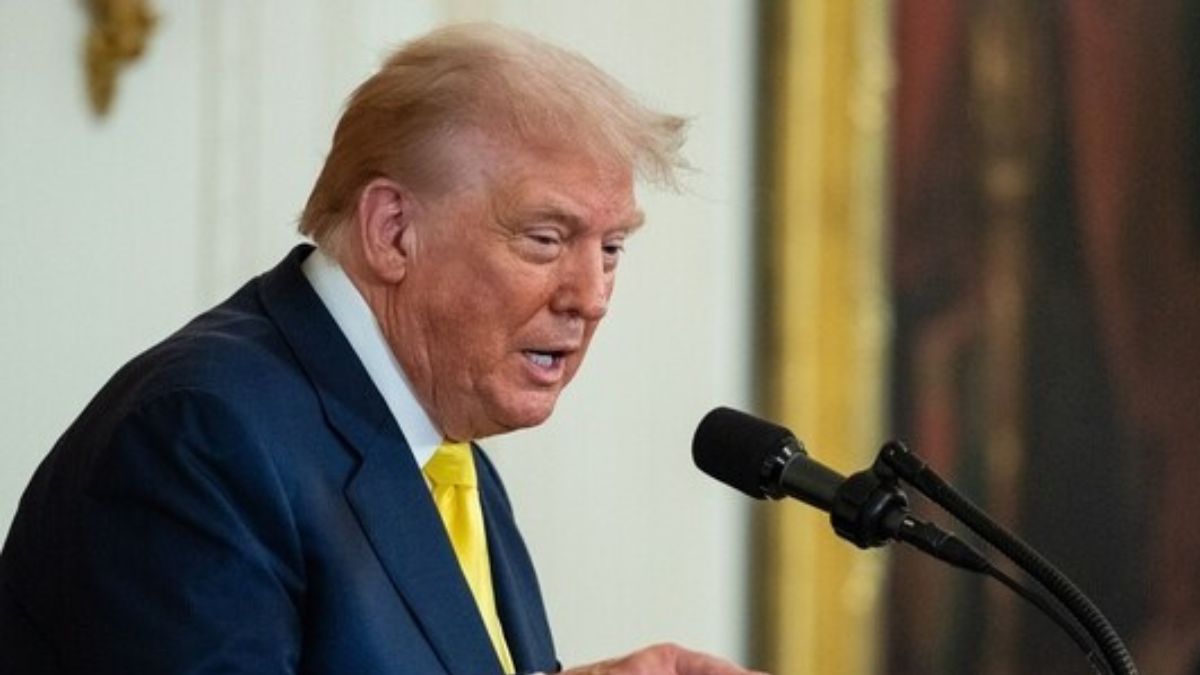
With the exception of a small surge earlier this year, the US tariff rate currently averages 20.1 percent, the highest level since the early 1910s, following the implementation of higher charges on Thursday, according to WTO and IMF figures released on Friday. The amount, which was determined by the International Monetary Fund (IMF) and the World Trade Organisation (WTO), contrasts with the 2.4 percent rate that was in effect on January 20, the day of President Donald Trump’s inauguration.
According to data from the US International Trade Commission, the average rate briefly increased to 24.8 percent in May, a level not seen since 1904, as a result of Trump’s April 2 announcement of “reciprocal” tariffs on the US’s top trading partners and subsequent escalations, especially on Chinese goods. The United States and China had imposed extremely high tariff levels on one another, but a trade “truce” that is scheduled to end next week reduced those levels.
Trade agreements that the United States has signed with the European Union, Japan, South Korea, and other countries that are now in effect are included in the new WTO and IMF figure. It also covers the most recent unilateral U.S. taxes on imports of semi-finished copper, Canada, and Brazil. These agreements were higher than the baseline 10-percent rate that the US set, but often contained lower tariff amounts than Trump had warned in April.
The revised average tariff rate is higher than the almost 20 percent rate that the US imposed in the 1930s, when high tariffs were prevalent and largely cited by economists as the reason for the Great Depression’s intensity and length. However, by applying the most recent rates to trade quantities in 2024, the WTO and IMF calculate the average rate, which is based on trade volumes.
It is therefore an estimate because businesses have already altered their behaviour by delaying and stockpiling, and they may change their purchasing habits or cut back on imports in response to the increased tariffs. If Trump doesn’t make any more shocking statements, the number should drop to 17.7 percent after accounting for shifting purchasing patterns and secondary effects, according to Yale University’s Budget Lab.
